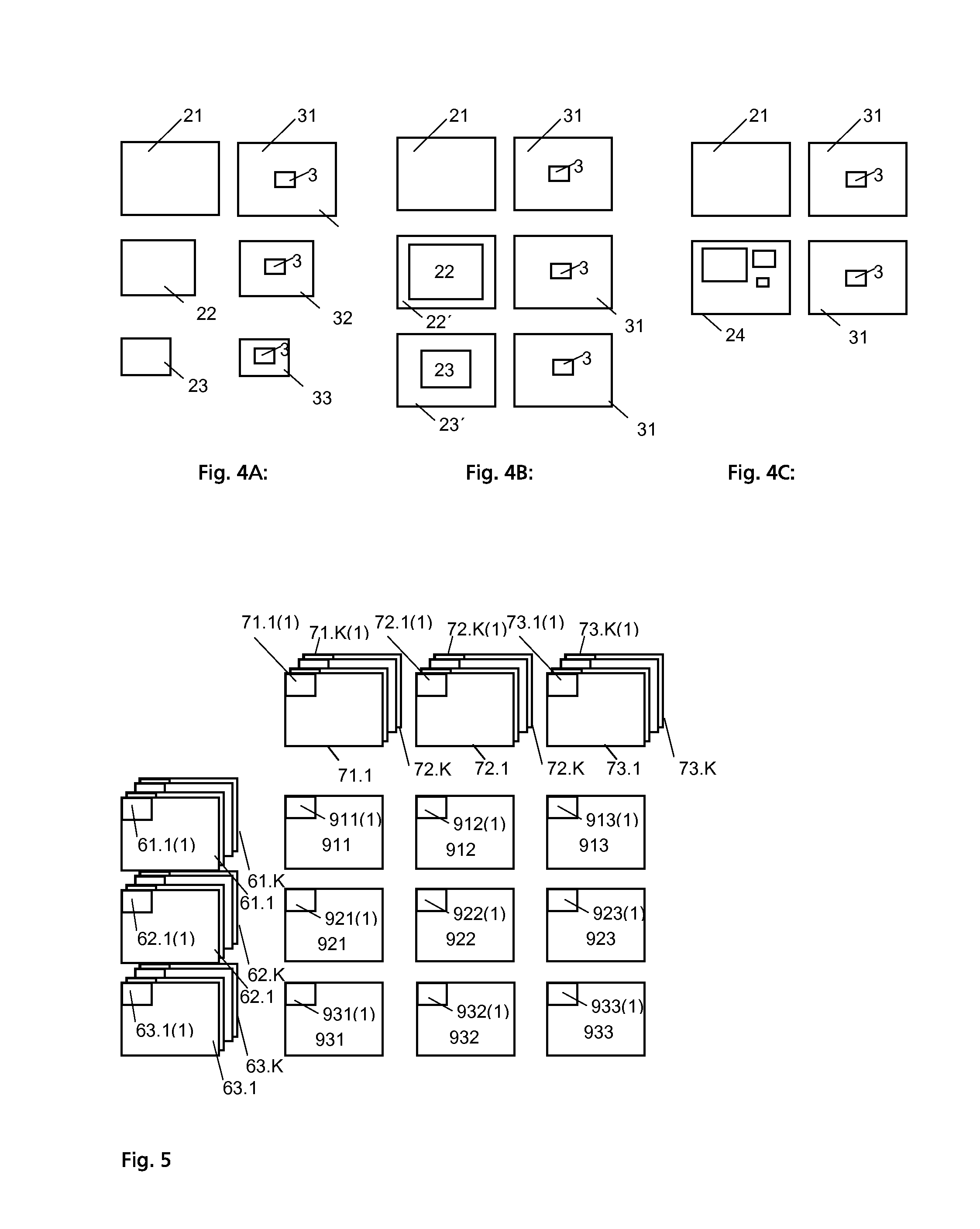Object detection method, object detector and object detection computer program
a technology of object detection and object detection computer, which is applied in the field of object detection method and object detector and object detection computer program, can solve the problems of object detection method error, bottleneck of detection, and search the entire search space, and achieve the effect of further reducing the computation tim
- Summary
- Abstract
- Description
- Claims
- Application Information
AI Technical Summary
Benefits of technology
Problems solved by technology
Method used
Image
Examples
Embodiment Construction
[0025]FIG. 1 shows the method of object detection of the state of the art. An input image 1 is received for detecting an object in the input image 1. The input image 1 normally comprises three colour pixel levels as shown in FIG. 1. The input image 1 is divided into grid cells. A plurality of features is calculated for each grid cell such that a plurality of feature matrices 2 is retrieved. Each feature matrix 2 corresponds to one feature and each element of this feature matrix 2 to the intensity of this feature in the grid cell corresponding to the matrix element. For example, the Histogram of Oriented Gradients (HOG) corresponds to the bins of a histogram of the gradient orientations of the pixels within one grid cell. In this example, each feature matrix represents the intensity of one orientation of gradients of the input image. Typically cells of size 8×8 pixels are used while the number of features per cell vary from around ten until a hundred. In FIG. 1 thirty-two orientation...
PUM
 Login to View More
Login to View More Abstract
Description
Claims
Application Information
 Login to View More
Login to View More - R&D
- Intellectual Property
- Life Sciences
- Materials
- Tech Scout
- Unparalleled Data Quality
- Higher Quality Content
- 60% Fewer Hallucinations
Browse by: Latest US Patents, China's latest patents, Technical Efficacy Thesaurus, Application Domain, Technology Topic, Popular Technical Reports.
© 2025 PatSnap. All rights reserved.Legal|Privacy policy|Modern Slavery Act Transparency Statement|Sitemap|About US| Contact US: help@patsnap.com



